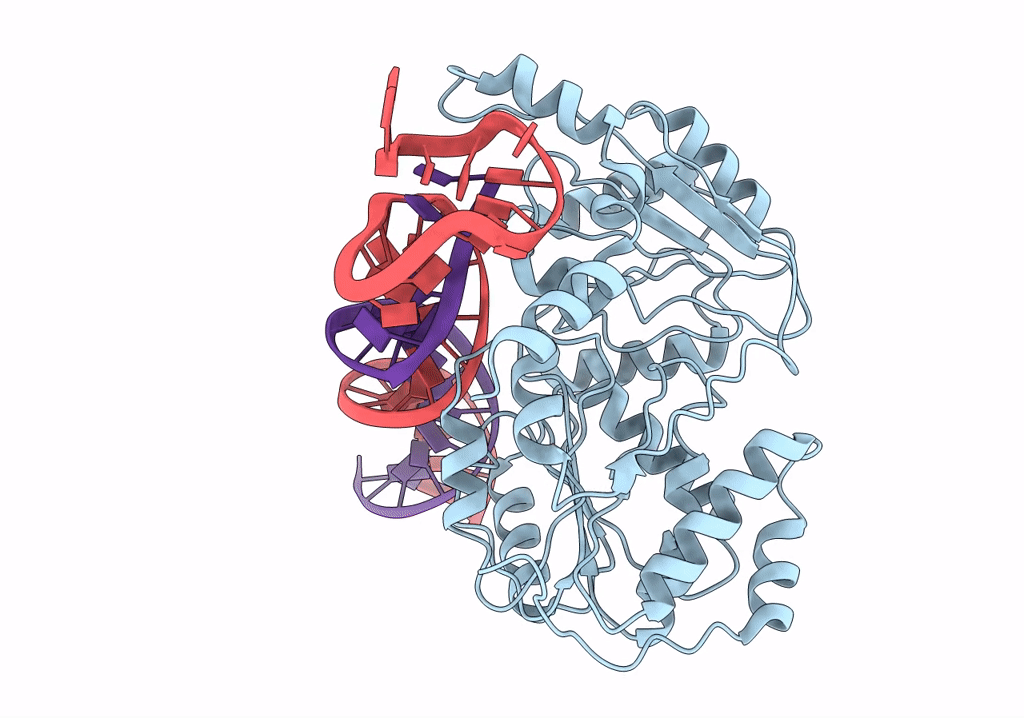
Deposition Date
2021-11-11
Release Date
2022-05-25
Last Version Date
2024-06-05
Method Details:
Experimental Method:
Resolution:
5.20 Å
Aggregation State:
PARTICLE
Reconstruction Method:
SINGLE PARTICLE


